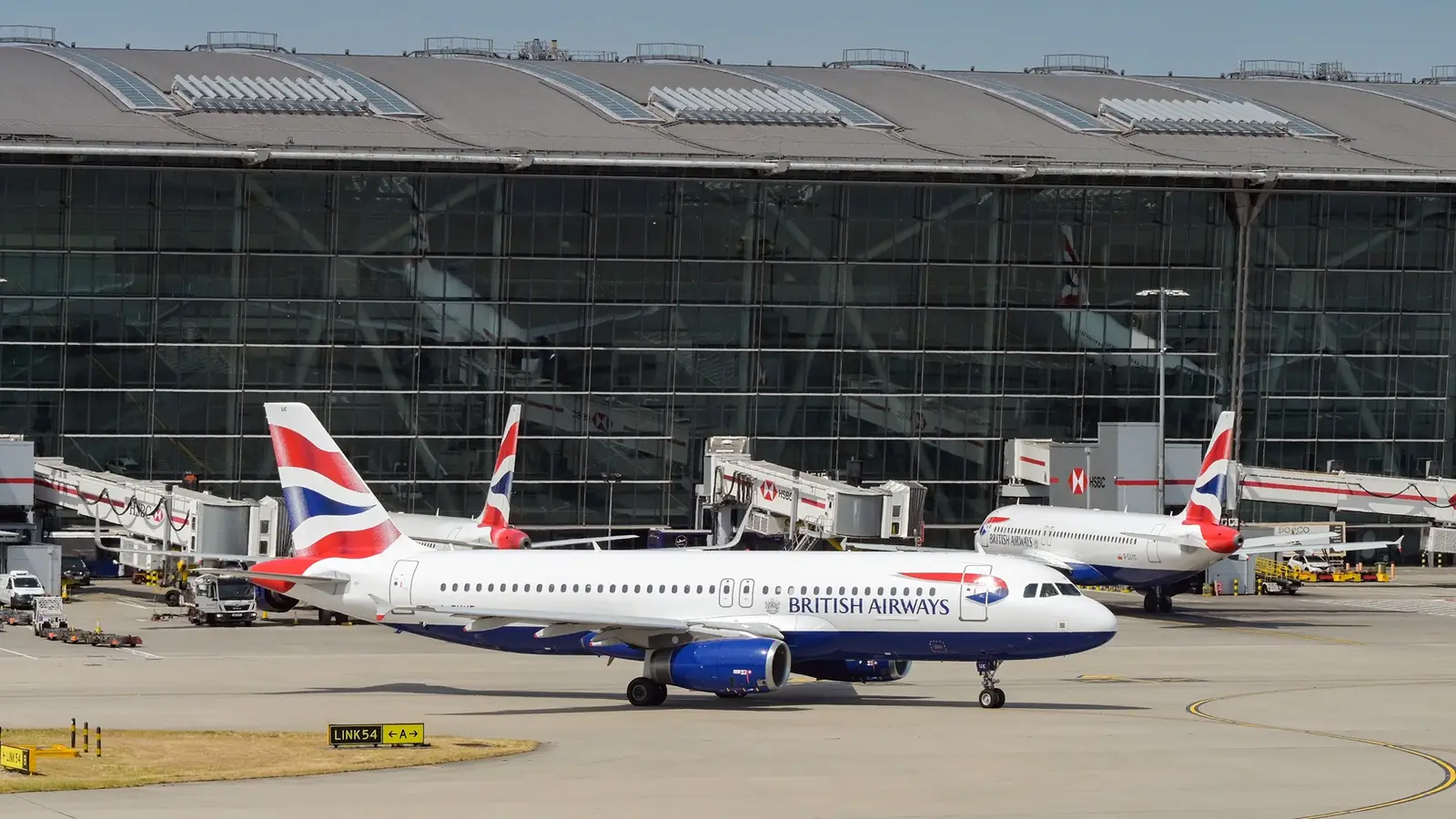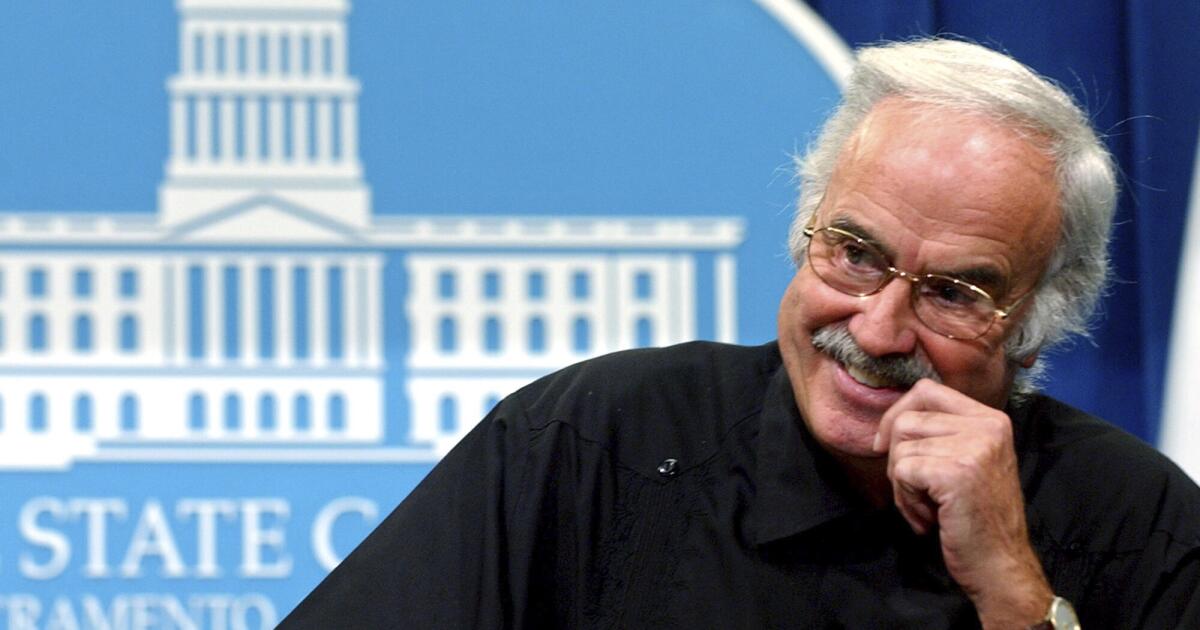
London Heathrow Airport’s (LHR) on-again, off-again plans for expanding with a third runway have once again hit the agenda for infrastructural modernization in the United Kingdom. The airport’s plan would be a major overhaul of not only the airport but also the surrounding area, including highways. Some terminals would be demolished, while others would be expanded and new ones constructed as well.
The expansion is said to require at least £50 billion to complete, as it is currently envisioned. According to Business Traveller, the plans submitted by LHR to the government claim that it would take 10 years to finish and increase the airport’s capacity by 78%, or up to a maximum of 150 million travelers per year. The push for the third 3,500-meter runway began over a decade ago, but politics and the COVID-19 Pandemic got in the way of it coming to realization.
Today, Heathrow is essentially at maximum operating capacity with nearly half a million flights per year. The airport has almost zero room for growth with the current infrastructure. To avert a major choke point in air travel to the UK, something needs to be done soon to increase London’s capacity. Aside from London City Airport (LCY), Heathrow is the most convenient option for the UK’s capital city and likely the most impactful use of resources.
Super Sizing Heathrow: Runway Three
Heathrow Airport Limited’s (HAL) proposal is a mega project that would transform LHR into a juggernaut of the global aviation industry. The airport and the national flag carrier, British Airways, have been pushing for higher-capacity infrastructure at Heathrow for more than two decades. That all starts with the runway, to allow more operations at London’s busiest and most popular airfield.
The airport plan involves constructing a third runway with a maximum length of 3,500 meters, located northwest of the airport’s existing footprint. The new strip and its associated taxiways would be on all new land for LHR. The goal is to accommodate aircraft of any size, including super jumbo Airbus A380 widebodies, and increase the number of flights by 276,000 per year. That would increase the annual total takeoff and landing slots from 480,000 to 756,000.
The Confederation of British Industry, Institute of Directors, endorsed the airport’s plan with the following statement:
“The UK business community supports the expansion of Heathrow with a third runway – an investment in the nation’s future. The benefits are clear: for exporters, it opens up vital access to major and emerging markets; for visitors, it enhances global and domestic connectivity; and for businesses, it unlocks billions in private investment, strengthening supply chains, creating jobs, and driving skills across the country.”
LHR would construct a new terminal complex to the west of Terminal 5, to be called T5X. There would also be a new satellite terminal to the north, dubbed T5XN, which would create extra capacity and support a higher-quality passenger experience. LHR also wants to redevelop the central terminal area to upgrade existing terminals to increase capacity and modernize the amenities, as well as extend Terminal 2. The oldest terminal, T3, would be shut down.
The airport projects new and upgraded infrastructure would also boost cargo capacity by 50%. The additional land acquired for the plan would allow for more parking facilities to be built. The M25 motorway would have to be rerouted below the new runway, but the plans include a new public transportation hub to improve landside mobility options.
Cost Concerns For Airlines
One of the primary roadblocks to the third runway’s groundbreaking is that the carriers that operate out of Heathrow do not want to pay more for the service and slots they already have. The Coronavirus Pandemic was a major blow to the aviation industry all over the world and, despite the powerful resurgence of air travel in the years that followed, many airlines have only recently begun to see their books stabilize.
Sean Doyle, chief executive of British Airways, gave his remarks on the expansion plan, saying:
“Heathrow is already the world’s busiest airport, yet we’re looking at costs doubling from where they are today. Why should that be the case? It’s not just what passengers pay on their ticket but also the cost of every operator going in and out of Heathrow, regardless of landing fees. We’re concerned about the competitiveness and the value of money that we’re able to give customers.”
Business Traveller reports that multiple airlines have already voiced opposition. Aer Lingus, Iberia, Vueling, and most importantly, British Airways is staunchly against the plan due to the dramatic increase in fees per traveler carried by airlines. Luis Gallego, chief executive of Iberia Group was quoted in the Business Traveller coverage as saying:
“The investment is going to be huge, and with the current regulatory model, it is going to be very expensive for customers. If we build a new runway and don’t change the model, passengers are going to pay double. We risk a new runway that is going to be empty.”
Currently, the Civil Aviation Authority (CAA) requires a fee of £35 per flyer, but estimates expect that number to skyrocket to around £135 to fund the expansion plan. That would cut deeply into the bottom line of every carrier, but especially devastate the profit margins of long-haul operators.
The Short Runway Alternative
Heathrow serves 83 million flyers per year now, as the Guardian reports. To nearly double that number would move LHR even higher up the list of the world’s largest airports, where it already ranks very high. Heathrow is seen by many in the world as the gateway to the UK, which contributes to the airport’s desire to construct another full-length airstrip for widebody, long-range airplanes. That is where the issue of cost has raised its ugly head, as the diversion of the M25 is prohibitively expensive.
As far back as 2003, British Airways has supported the plan to build a short runway that would increase LHR’s capacity without as great a burden in terms of cost, time, and complexity. Rod Eddington, British Airways’ chief executive, said over two decades ago:
“We urge the government to build a new short runway at Heathrow as a first priority if Britain is to maximise the benefits that aviation brings to our economy. Ignoring Heathrow or trying to split its operations between two airports in the South East will dilute its economic benefits and undermine employment centres. It will also reduce the number of international routes served from London and deny access from the British regions to the country’s aviation hub.”
The plan alleviates fears of a major increase in airline costs and avoids a huge increase in airfare for travelers as a result. In 2025, the hotel group Arora and Iberia both support this alternate plan. The hotel group has a smaller-scale expansion plan that they claim can be completed in a process that also minimizes access limitations during the construction process to have the smallest disruption possible to the airport and surrounding areas.
The Heathrow West Proposal
The Arora Group’s plan would require less new land acquisition, and most importantly, not divert the M25 highway at any point. The proposal includes provisions for increased landside public transportation integration and less burden on tenant airlines to foot the bill, according to coverage by International Airport Review. Surinder Arora, Founder and Chairman of the Arora Group, said:
“I am very proud that the Arora Group can finally unveil to the UK Government our Heathrow West proposal, which directly meets and supports the United Kingdom’s primary objective of unlocking economic growth at the UK’s only hub airport…I am so proud to stand alongside Bechtel, and their record of delivering almost 200 airport projects, on these detailed plans. The Heathrow West proposal delivers squarely … with a fully operational runway by 2035.”
The Heathrow West plan would build a 2,800m runway to accommodate 97.8% of take-offs and landings. The two existing runways are available for the small number of flights that require longer airstrips. The group would also make a new Terminal 6, west of Terminal 5, into a single hub that minimizes land take and preserves local land.
The Arora Group aims to streamline transfers and enhance airline connectivity by centralizing functions between T5 and T6. Arora claims it can reduce complexity, streamline processes, and ensure the ideal use of both space and resources to keep project scope low and avoid costly infrastructure duplication.
A Cautionary Endorsement From IATA
The International Air Transport Association (IATA) issued its own statement regarding the proposals for the future development of London’s Heathrow Airport by HAL and by the Arora Group. The organization expressed a desire to see LHR grow, but also warned against unnecessary spending. The following excerpt highlights those cautionary remarks:
“The billions of pounds that have already been invested in Heathrow have under-performed, disappointing both passengers and airlines. So it is doubly important for the billions that will be invested in any expansion to be much better spent. That means focusing on efficiency in all aspects—cost, operations, and customer experience.”



